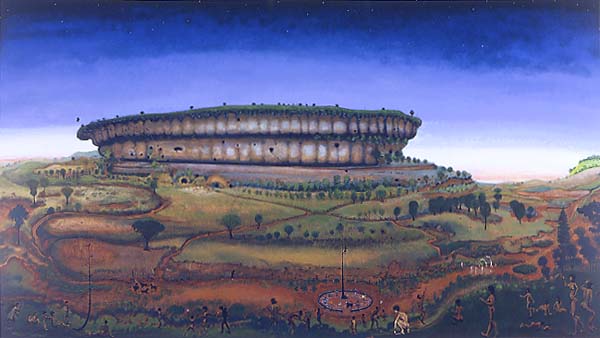Sometimes I get fed up with the course of human events abroad and I wonder if it isn’t better to just forget all that annoying international conflict for a while and just pay attention to what’s going on at home. You know, focus on what’s nearby. In my town. My community. My neighborhood. After all, it worked 30 years ago when my neighborhood was Sesame Street. There’s even a guy who makes short films about the people that he meets when he’s walking down the street; it’s called Neighborhood Films. New York’s not really known as a get-to-know-your-neighbor kind of town, but hey, I’ll give it a shot. I walk around the block.


The Pakistan U.N. Mission and Indian Consulate,
off Fifth Avenue, adjoining lots on the same block
Who are the people in my neighborhood? No one who’s gonna take my mind off things. Within a block there’s India and Pakistan, for example. In back-to-back Beaux-Arts townhouses. Can’t figure out which country bought first, but these two trigger-happy nuclear rivals have essentially replicated their sub-continental situation. Except they’re sharing their backyard fence peaceably, while enduring the same Upper East Side hardships we all face: dire shortages of video rental stores and cabs. (Wouldn’t you know, the Kashmiris still figure in somehow?)


Temple Emmanuel and The Palestine Observer to the UN, just down the street
Continuing around the corner of Fifth Avenue, it’s Temple Emmanuel, the “power synagogue,” as one friend put it. A nephew of a rabbi there, he also said, “it’s a great congregation if you’re looking for an apartment.” And just east of this Jewish holy site is the Permanent Observer to the United Nations for Palestine, complete with high-profile security. How’s this one working out? Well, you can see the Jersey barriers around the synagogue, and Palestine’s whole block was in lock-down for months after September 11th. No cars allowed, and residents only past the sidewalk checkpoints. Nearly drove 212, the eurotrash clubhouse/restaurant out of business. Hmm. Sounds like they’ve managed to replicate their home setup pretty closely, too. Just without the killing.
Giving up on giving up on the world’s problems for a while, I try instead to make some sense of it all. And? It’s all about location. Real estate, it all boils down to real estate. While it fuels bloody feuds around the world, the worst we have to deal with is the co-op board interview or getting the Landmarks Commission to approve your fiberglass cornice. What doesn’t differ between my neighborhood and the world: it’s all about having a good broker.











